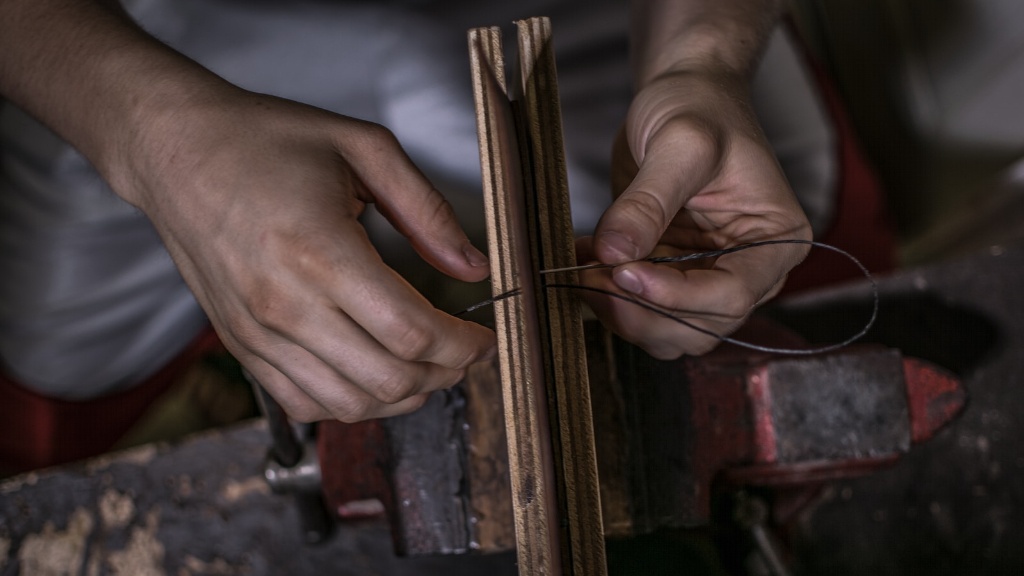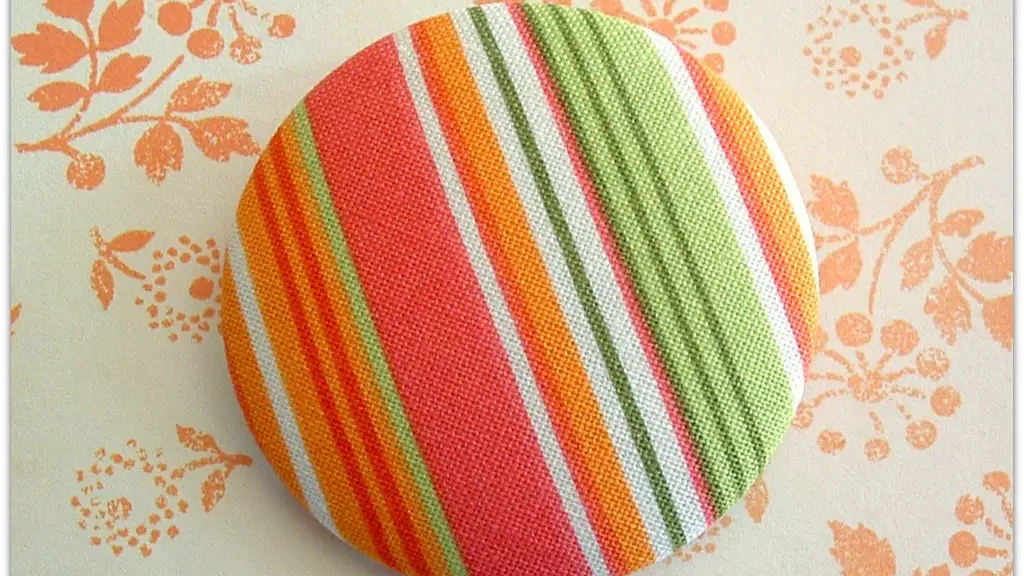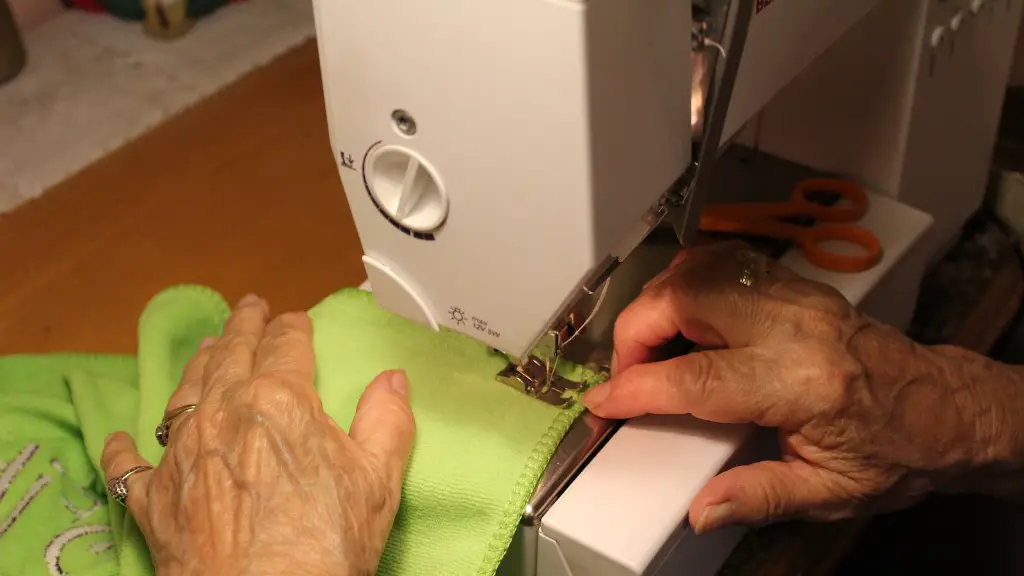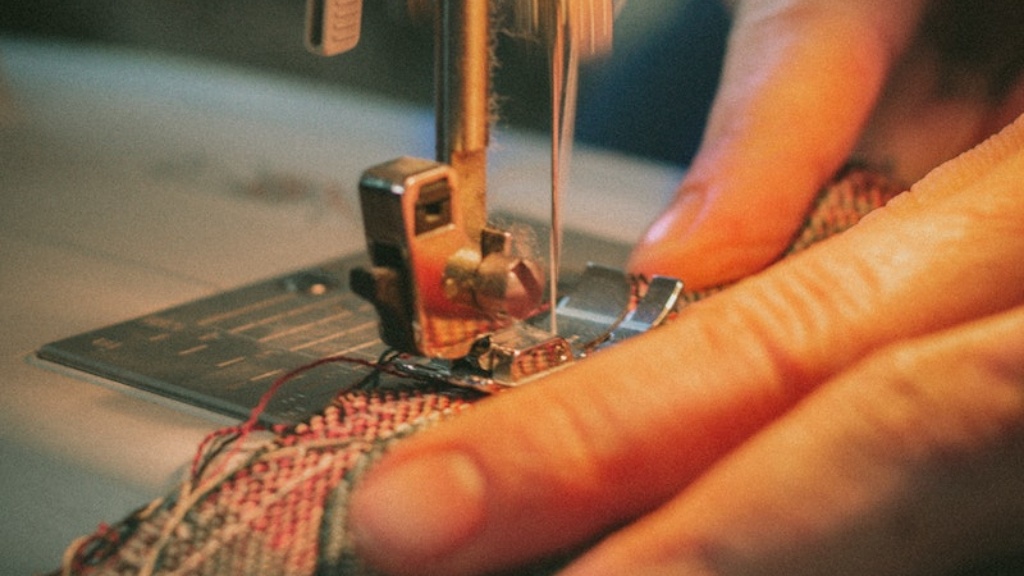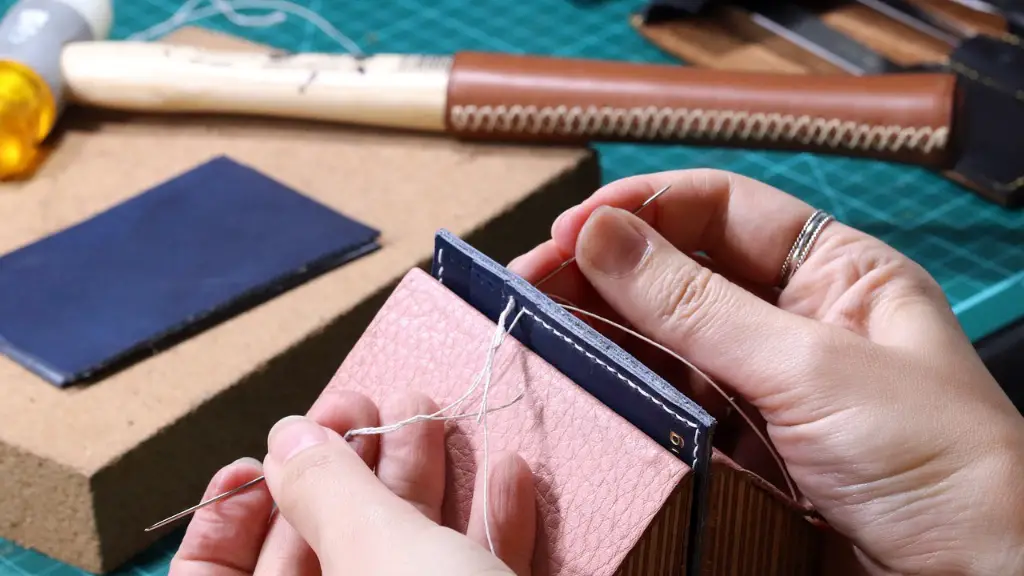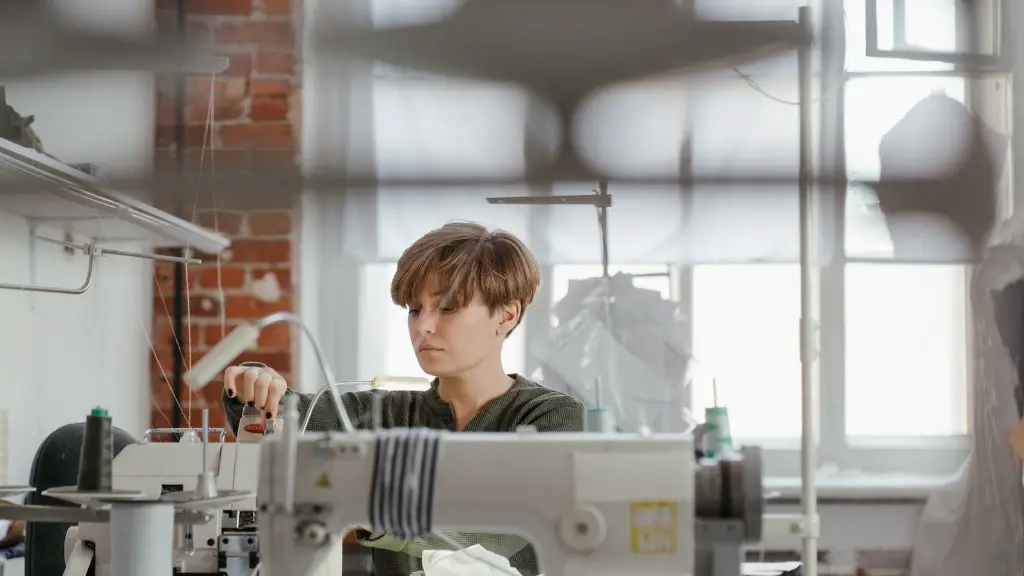What You Need To Know About Sewing Thread For An Embroidery Machine
When it comes to embroidery machines, the type of thread that you use is an important factor. If you are looking for a sewing thread to use with your embroidery machine, there are some important considerations that you need to make. Firstly, you need to understand the different types of embroidery thread available and the respective properties that each type of thread offers to ensure that you choose the right one for your embroidery project.
The most common type of thread that is used with an embroidery machine is called polyester embroidery thread. This type of thread is composed of polyester fibers and it has a good resistance to abrasion and heat. Additionally, polyester embroidery thread is very strong, so it is often recommended for projects that require a lot of detail work or intricate designs. Furthermore, this type of thread is available in both machine and hand embroidery formats so you can easily find the one that is most suitable for your project.
In addition to polyester embroidery thread, you can also use silk thread for your embroidery machine. Silk is a very soft and luxurious material that is often used for projects such as velvet or silk embroidery. One of the advantages of using silk thread is that it rarely breaks and it also adds a nice sheen to the finished project. However, this type of thread can be quite expensive and it should be used with caution if you are on a tight budget.
Another type of thread that can be used with an embroidery machine is cotton embroidery thread. Cotton is an economical option and it is quite strong, so it is often used for projects that need a lot of strength and durability. Additionally, it has a very nice sheen to it and it is quite easy to work with. This type of thread is also available in different colors, so it is easy to find the perfect color for your project.
Last but not least, there is rayon embroidery thread. This type of thread is made from Rayon fibers, which makes it quite light and soft. Additionally, rayon thread is quite strong and it has a good luster to it, so it is often used for projects that require a bit of bling. Unfortunately, rayon thread is also quite expensive, so you should check the price before buying it for your project.
Pros and Cons of Sewing Thread For An Embroidery Machine
Using sewing thread for an embroidery machine comes with a number of pros and cons, depending on which type you choose. Polyester thread, for instance, is strong and resistant to abrasion and heat, but it can be quite expensive. On the other hand, silk thread is luxurious and soft but can also be pricey. Cotton thread is economical and strong, but it may not be suitable for certain projects. Lastly, rayon thread may not be as strong as the other type, but it can be quite beautiful. Ultimately, the type of thread you choose should depend on the type of embroidery project that you are working on.
Additionally, you should consider the time it takes to complete your project. Polyester thread is the fastest type to work with and it also comes in different colors. Silk on the other hand is ideal for intricate designs and it has a beautiful sheen that adds a luxurious touch to any project. Lastly, cotton is quite fast to work with and is not too expensive, while rayon thread is quite slow to work with but can produce stunning results.
Another factor to take into consideration is the quality of the thread. You want to make sure that you are using high-quality threads that will last for a long time and also look good. Polyester thread is very durable, while silk is also quite durable and luxurious. Cotton is not as durable as the other options, but it is still quite strong, while rayon thread is the least durable but has a beautiful sheen.
Tips On Using Sewing Thread For An Embroidery Machine
When it comes to using sewing thread for an embroidery machine, there are a few tips to keep in mind. First, make sure that the thread is compatible with your machine before you start stitching. Not all threads are suitable for all machines, so check the product label to ensure that the thread is suitable for your machine. Additionally, you should pay attention to the tension, as the wrong tension can lead to uneven stitches and poor results.
Additionally, you should always use the same thread color for the entire project for a neat look. This means that you should create a chart that offers a list of all the colors that you have and their corresponding thread numbers. This will make it easier to keep track of the colors and prevent you from running out at the end of the project.
Finally, always test the thread on a scrap fabric before beginning your project. This will give you a chance to see how the thread reacts to different types of fabrics and will also help to identify any potential problems with the thread before you start stitching. It is also important to ensure that the thread is not damaged in any way before you begin the project and dispose of any old threads that are no longer usable.
Do’s and Don’ts Of Sewing Thread For An Embroidery Machine
When working with an embroidery machine and sewing threads there are certain “do’s” and “don’ts” you should keep in mind. One of the most important “do’s” is to store the threads in a cool, dry space when they are not in use. This helps to keep the threads from degrading over time, which can cause the stitches to become uneven or even unravel. Additionally, you should avoid using pins on embroidery fabric and instead opt for a specialized needle for the job.
On the other hand, one of the most important “don’ts” is to avoid using highly frayed or damaged threads. Not only does this affect the quality of the project, but it can also lead to the thread breaking in the middle of a stitch. Additionally, it is important to avoid mixing thread types. For example, cotton and polyester should not be used together unless specifically instructed to do so by the manufacturer.
It is also important to avoid using too much tension as this can lead to poor results. Additionally, you should avoid leaving the threads on the spool or in the hoop for too long as this can lead to tangling and knotting. Lastly, it is important to clean the machine regularly to remove any lint and dust particles to avoid them getting stuck in the mechanism.
Maintenance Tips For Sewing Threads Of An Embroidery Machine
Using the right threads is just the first step to ensuring success with your embroidery machine. Proper maintenance is also required to ensure that your machine and thread continue to perform at their best. One of the most important maintenance tips is to clean your machine regularly, as this will help to remove lint and dirt from the mechanism and ensure smooth operation.
Additionally, you should check for any loose connections and check to make sure that all of the necessary parts are in place and in good condition. Finally, you should also make sure to store your threads properly. Unused threads should be kept in a waterproof container, as this will help to protect them from dust and humidity.
In addition to regular maintenance, you should also take the time to inspect your threads periodically. This will help you to identify any potential problems or damage that could affect the quality of your stitches. Additionally, it is important to check the tension of the thread at regular intervals to make sure that it is not too tight or too loose.
Common Mistakes Made With Sewing Threads Of An Embroidery Machine
When using sewing threads for an embroidery machine, there are some common mistakes that people tend to make. One of the most common mistakes is using the wrong type of thread. For example, some people make the mistake of using cotton thread for a project that requires polyester thread. Additionally, some people will use too much or too little thread when stitching, leading to uneven stitching or a project that looks unprofessional.
Another mistake that is commonly made is using threads that have knots or that have been damaged in some way. This can lead to the thread breaking in the middle of a stitch and will also affect the overall quality of the project. Additionally, some people also make the mistake of leaving the threads on the spool for too long, leading to them getting tangled and knotted.
Finally, some people make the mistake of not testing the thread before they begin their project. This can lead to uneven stitching and unwanted results, so it is important to always test the thread on a scrap fabric before you begin stitching. Additionally, it is important to always use the same thread color for the entire project to achieve a neat and professional-looking result.
